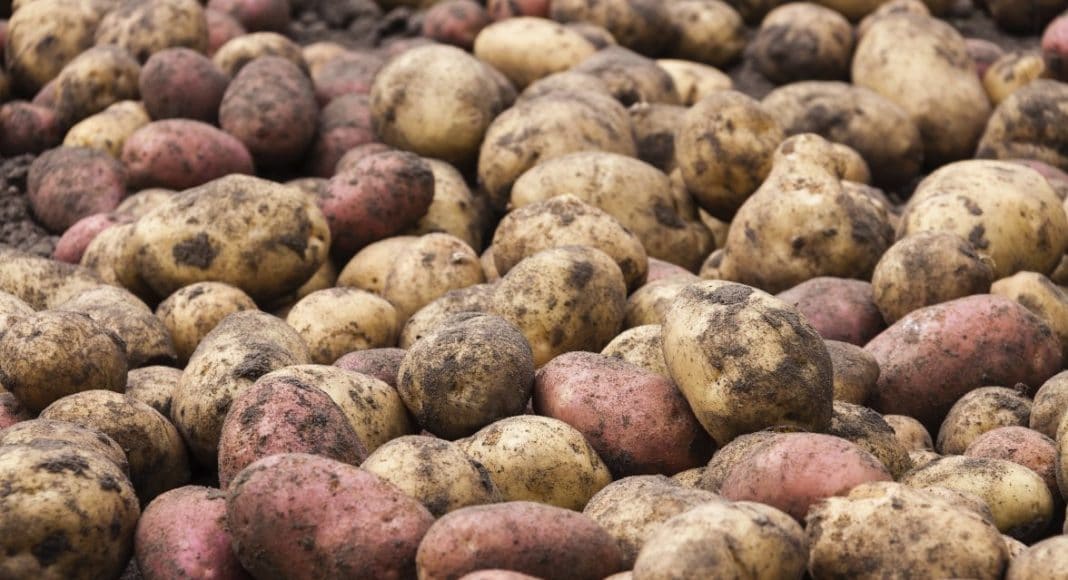I’m very happy to see increasing understanding of sustainability and important steps being made to support environmentally responsible agriculture through the potato growing season. Given increasing scrutiny by regulators, processors, retailers and the general public, our thinking about — and acting on — sustainability is critical to our industry’s social license to operate and, ultimately, farm business’ viability. Where possible, we need to reduce emissions and improve sustainability in potato fields still further, but we’re on the right track. What’s missing right now, however, is consideration of potato production’s ‘second season’ — the storage season.
During the growing season, there are environmental benefits to production that offset emissions: while production generates greenhouse gas (in large part through on-farm equipment’s exhaust and the production, transportation, and use of fertilizer), potato crops absorb significant C02 as they grow, and potato fields act as carbon sinks.
The equation is much more one-sided once potatoes are harvested. From a sustainability perspective, stored potatoes are a net negative. Not only does their storage demand energy to ventilate and heat, but tubers release C02 as they respire.
So far, scrutiny of potato production’s emissions and sustainability has been limited to the growing season. Expect that to change as producers face increasing pressure to improve practices.
There are important steps our industry can make to increase sustainability during the storage season. Improved storage buildings, more energy efficient heating and ventilation systems, and cleaner fogging systems are all important considerations. We also need to take a hard look at our industry’s reliance on CIPC.
CIPC is highly effective at suppressing peeping/sprouting. From an emissions standpoint, however, a dormancy enhancer is a much better option than a chemical sprout suppressant. 1,4-DMN-based products (sold as 1,4SIGHT for processors and table stock and 1,4SEED for seedstock) are dormancy enhancers that offer complete sprout management. They do so by triggering enzymes in tubers that keep the tubers quiet, decrease their water loss, and maintain their turgidity, all supporting field-fresh quality. Tubers that retain water require less added storage humidity and, correspondingly, less electricity. Customers also report piles treated with 1,4SIGHT or 1,4SEED respire less, releasing less C02.
We joined the Potato Sustainability Alliance to collaborate with other forward-thinking, sustainability-minded companies. We hope to get important conversations started about sustainability during storage. Come chat with me at the 1,4Group booth at the Potato Sustainability Association’s upcoming summer symposium or call anytime!
Related Articles
Let’s Get Political — It’s Time to Talk about Sustainability in Potato Storage Treatment
Pull Storage Season to the Front Burner (Where it Belongs)
Updated Checklist for a Successful Harvest of the Storage Crop








